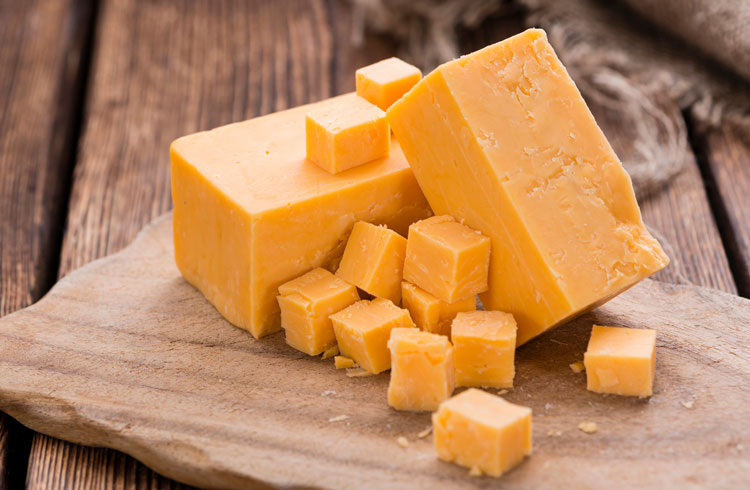
In the conversation about the block and barrel cheese prices that play a role into the Class III price farmers receive for their milk, some might ask if the way cheese value is discovered — through the CME — remains relevant. After all, the roots of the exchange date back to the early 1900s, when it was mostly used as a way to connect buyers and sellers.
However, the short answer is still yes, the panelists of the March 3 Hoard’s Dairyman DairyLivestream agreed. If we didn’t use the CME, we would need something similar instead, noted the University of Wisconsin-Madison’s Mark Stephenson.
“When we look at something like the Chicago Mercantile Exchange today, we probably think of this as more being a price discovery mechanism than we do a real sales product,” Stephenson said, although he pointed out that sometimes physical product is still bought and sold at the exchange. “It does provide a benchmark of a price. If you think that price isn’t right, either too high or too low, you can challenge it. If you think it’s too high, let’s bring some cheese to the marketplace and try to sell it. If you think it’s too low, let’s try to buy some cheese and move the price around.”
“It’s simply a free market, or an exchange,” said Ted Jacoby of T.C. Jacoby & Company. He estimates that close to 75% of all cheese in the U.S. is priced based off the CME markets. With that wide use, the weekly survey of what manufacturers have been selling and paying for cheese usually comes close to the CME prices. Those survey prices are what go into the Class III formula.
Jacoby believes the spot markets function well based on how they’re designed. There is incentive to be a buyer when the prices are low and a seller when the prices are high, so if the prices end up “a little out of whack,” as he said, they will correct themselves as markets are supposed to do.
Potential adjustments
To Jacoby and others, the question is more around if the survey considers the right products. Cheddar barrels and 40-pound Cheddar blocks are currently the only things considered.
But again, those survey prices largely reflect the CME prices, and CME prices cover about three-quarters of all cheese produced. “If we’ve got a good barometer that is moving prices up or down, it may be good enough. We probably don’t have to have everything included in a survey in order to move that marketplace,” Stephenson posed.
To be fair, Stephenson also believes that the formulas these prices are used in need adjusting. Make allowances, for example, haven’t been updated in years. But for the most part, the CME is doing its job in discovering the value of dairy products.
“In my opinion, the single most important benchmark to our dairy industry is the price at the CME for cheese,” Stephenson said. “The CME is really providing an incredibly important function that would have to be duplicated if we didn’t have it.”
An ongoing series of events
The next broadcast of DairyLivestream will be on Wednesday, March 24 at 11 a.m. CST. Each episode is designed for panelists to answer over 30 minutes of audience questions. If you haven’t joined a DairyLivestream broadcast yet, register here. Registering once registers you for all future events.








